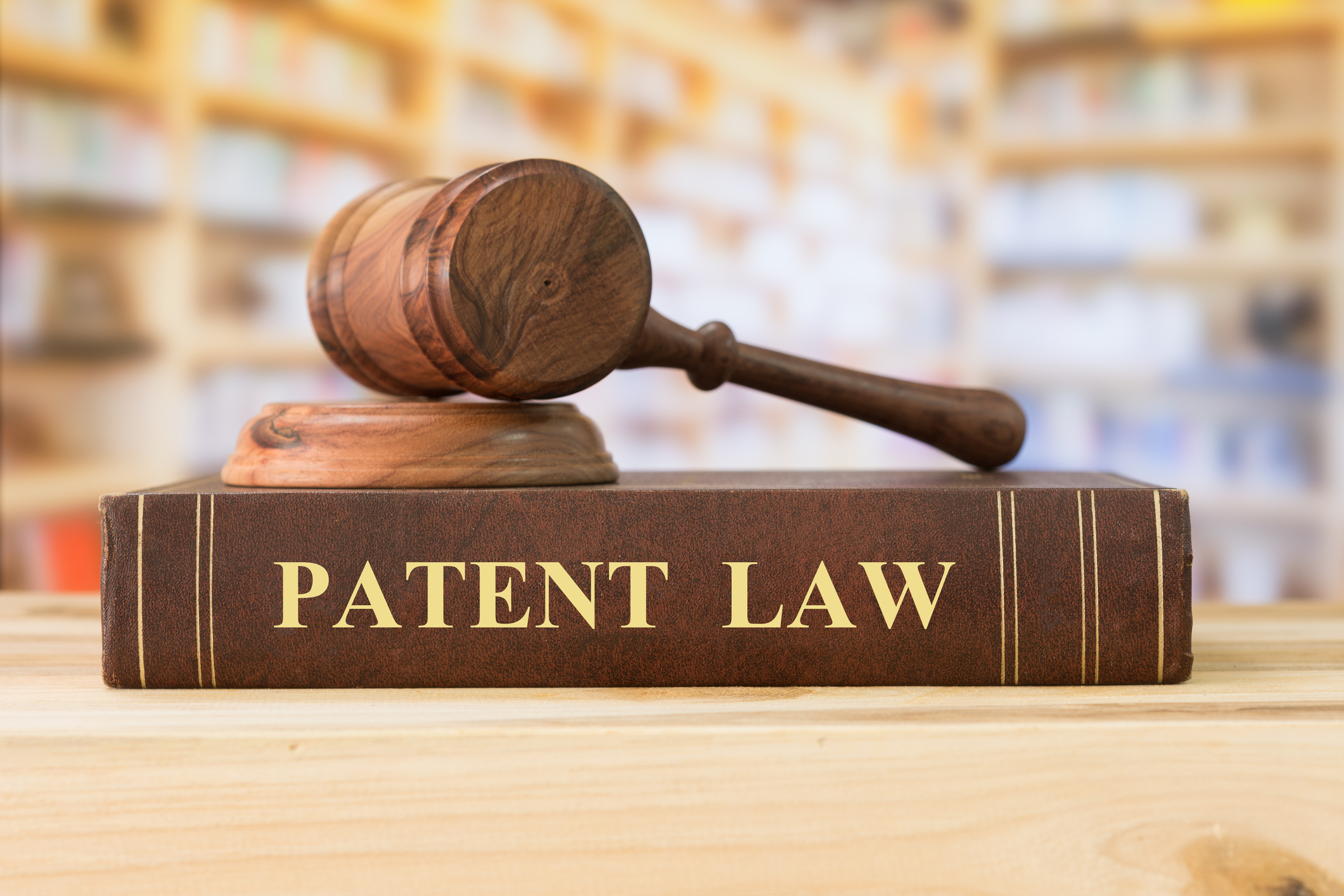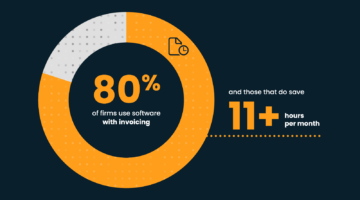
For the fifth year in a row, it is time for this column to share some thoughts on the release of the Lex Machina Patent Report. As always, I highly recommend that readers register for the report and give it a read, as there may be more relevant information in the report than what follows for any given reader.
As in prior years, what follows are three idiosyncratic takeaways based on my review of the report. First, as always, the report’s information on the number of patent case filings deserves further consideration. Second, we should discuss the reasons behind the EDTX’s resurgence to the top of the charts in terms of patent litigation workload — and why changes at the PTAB might serve to cement EDTX as the busiest patent trial court for the foreseeable future. Third, we will check in on the upward trend in patent damages awards, with at least a nod to the potential impact third-party litigation funding might be having in that regard.
In last year’s review, I mentioned the overall decline in patent case filings in 2023, which this year’s report categorizes as a “sharp decline.” At the same time, I made clear that “the (2023) report takes pains to note that much of the decrease is actually attributable to a decline in what the report calls cases filed by HVPs — or high-volume plaintiffs.“ 2024, however, saw a “notable surge in filings from plaintiffs who are not classified as high-volume plaintiffs,” helping fuel a 22% in cases filed in 2024 over 2023. Still, the report notes, “the overall volume of patent complaints in 2024 still fell short of the three-year average of 3,930 filings observed from 2020 through 2022.” Replacing the high-volume plaintiff cases that helped fuel that 2020-22 average were ANDA case filings (21.6% increase over 2023) and design patent filings (34.2% increase over 2023.) In short, 2024 saw an overall increase of patent cases filed, while also heralding a new mix of plaintiffs — a mix less driven by lower value high-volume plaintiff cases and more by claims arising out of generic pharma challenges and design patent assertions.
The current mix of plaintiffs in patent cases is in some ways more reflective of where patent litigation can help drive significant value for those initiating it. Perhaps the easiest example is ANDA litigation, where a successful result for a generic challenger can unlock sales that will quickly dwarf the cost of litigation and the costs of seeking regulatory approval to market a generic drug in nearly all instances. Likewise, design patent owners are often able to use their patents to get injunctive relief or even default judgments against infringers, making the investment in patent filings necessary to obtain those remedies well worth it. And the rise of cases being filed by “non-HVPs” is likely being driven by the availability of third-party funding, as well as the promise of higher damages rewards for parties able to successfully navigate their cases to trial. Higher value for plaintiffs equals more patent litigation, so it will be interesting to see if 2025 matches or exceeds 2024 in overall number of cases filed.
Second, the report’s insights into the resurgence of EDTX as the preferred venue for non-ANDA and nondesign patent litigation is of interest. As striking as it is to see over a thousand new patent cases filed in EDTX in 2024, it is perhaps even more striking to see the decline in popularity of both Delaware and WDTX — the two most popular districts in 2022 — as a venue of choice for patent owners. With respect to Delaware, the decline in filed cases from 668 in 2022 to under 400 in 2024 is notable, especially considering the uptick in ANDA patent cases that is likely buttressing Delaware’s tally. It is not surprising to see patent owners, particularly those partnering with a third-party funder, choosing to take their business elsewhere in light of certain disclosure obligations in front of at least one of Delaware’s judges. Likewise, the changing rules in WDTX that have removed the certainty for plaintiffs in securing Judge Albright for their cases have more than halved the number of case filings in WDTX from 2022 to 2024.
Wild stuff, with the cumulative effect of cementing EDTX as the go-to jurisdiction for patent cases, for reasons that most if not all of the readership are well aware of. That will likely continue if the PTAB continues with its current discretionary denial practice in IPRs, which have put a premium on quick and certain trial dates as potent tools for securing patent owner-friendly denials — with trial timing and certainty an area where EDTX continues to shine. Put another way, for those of us who remember what it was like to go to a movie theater, the current dominance of EDTX is the equivalent of a weekend where a new Marvel blockbuster came out and was showing on every screen. Sure, you could also buy tickets for the romantic comedy, but it would probably be at an off-hour in the screening room with the prime combination of broken seats and sticky floor.

Billables Are Not The Same As Cash Flow. Here’s Why That’s Important.
Findings from the MyCase 2025 Legal Industry Report.
Lastly, the statistics for patent owners regarding damages awards remain on an encouraging upward trend according to the report. For the fourth year in a row, awarded patent damages that have not (yet) been reversed on appeal exceed $1 billion, with 2023 and 2024 seeing awarded damages in excess of $3.5 billion. Perhaps more importantly, the number of cases seeing a damages award has experienced a rise as quick as Ozempic users shed weight, from 57 cases in 2021 to nearly 95 last year. That significant jump may reflect the increased presence of third-party litigation funding in the market, which in theory would be contributing to better selection of cases likely to win at trial, as well as increased staying power for patent owners to decline earlier settlement in favor of rolling the trial dice. While the report correctly notes that “recent figures for reversed damage awards may change,” the increased success that patent owners have seen in cases that go to trial should only serve to encourage more such efforts in the coming years.
Ultimately, we once again can see from the report’s presentation of data that modern patent litigation remains a vibrant and challenging pursuit for both plaintiffs and defendants. As always, I consider myself blessed to have found a career in such an interesting and ever-changing area of practice. I am sure that many in this readership feel the same way. Thanks once again to Lex Machina for pulling together and presenting the data in a way that highlights how well our little area of law continues to adapt and grow.
Please feel free to send comments or questions to me at [email protected] or via Twitter: @gkroub. Any topic suggestions or thoughts are most welcome.
Gaston Kroub lives in Brooklyn and is a founding partner of Kroub, Silbersher & Kolmykov PLLC, an intellectual property litigation boutique, and Markman Advisors LLC, a leading consultancy on patent issues for the investment community. Gaston’s practice focuses on intellectual property litigation and related counseling, with a strong focus on patent matters. You can reach him at [email protected] or follow him on Twitter: @gkroub.
